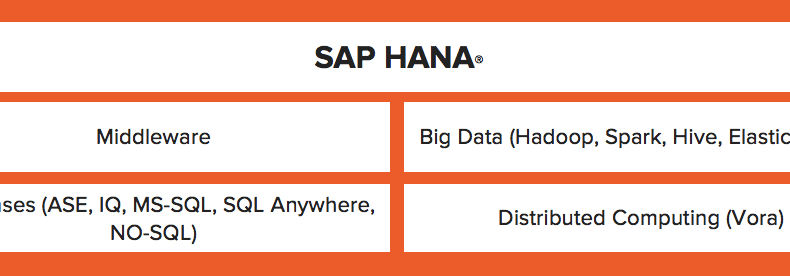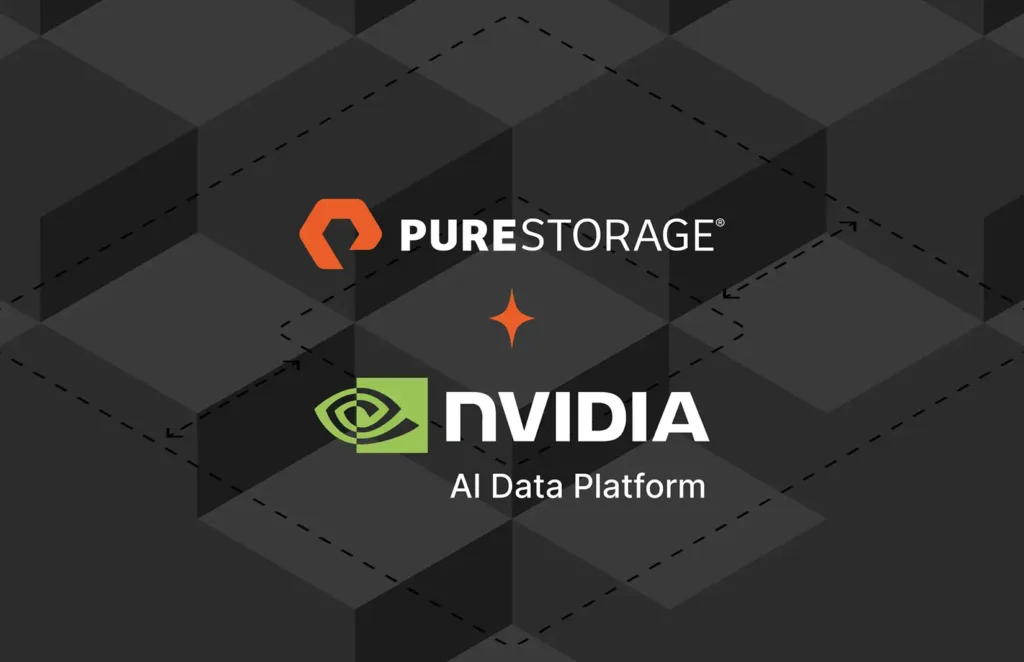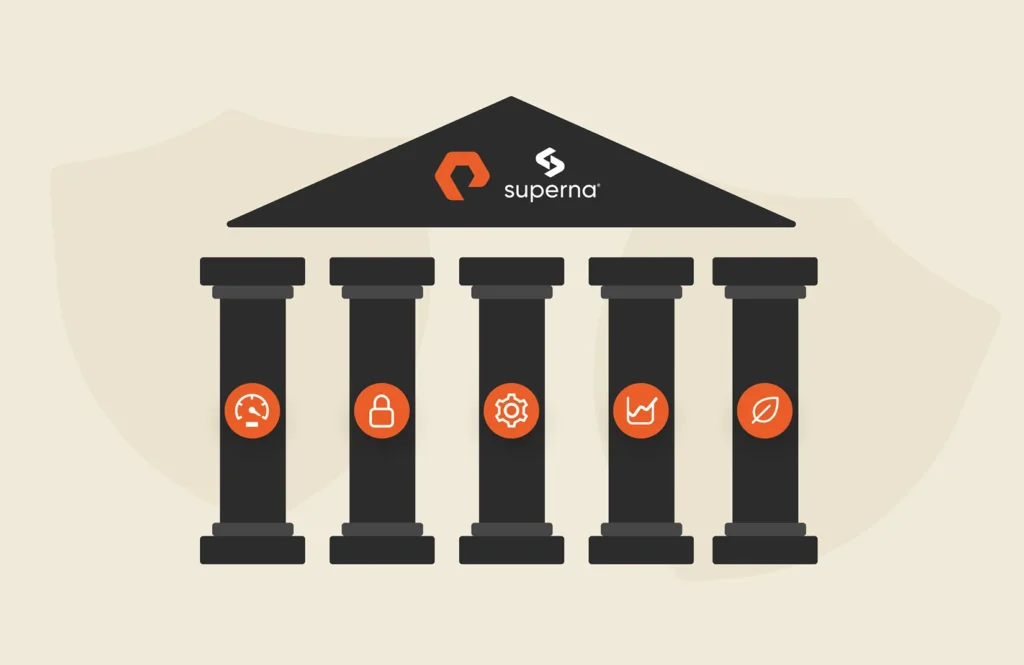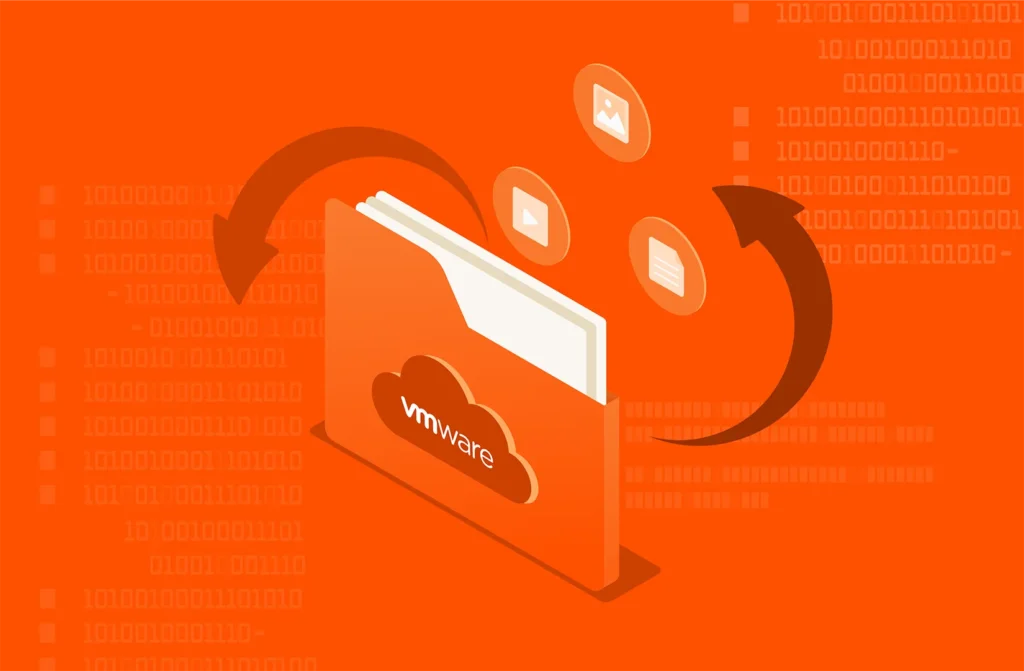For SAP shops, data is continuously flowing. However, Big Data has proven important to enterprises and has begun disrupting the enterprise applications arena in more than one way. The data flow and volume are about to get much, well, bigger. Read on to learn more about SAP HANA.
In this blog post, I will break down what this means to SAP shops and how they can take advantage of this technology without disturbing their business processes they have grown to love. Most importantly, the strategy I am about to discuss follows SAP’s roadmap and recommended approach to implementing Big Data, making it future proof for newer innovations coming from both directions.

There is no doubt Big Data is helpful for an SAP model company. SAP is the backbone of these companies, and they rely on data insight to continuously improve their position in their marketplace while also sharpening their internal processes. However, the surge of Big Data can be overwhelming and distracting from their key tasks and business operations. Big Data is uniquely different. It is heterogeneous and widely-distributed data of different formats. Ask any company that has implemented Hadoop. SAP is well aware of the risks and benefits, and they are carefully integrating the two worlds. This is where bimodal IT comes into play.

Bimodal IT (a term coined by Gartner), also known as “two-speed IT,” is the practice of managing two separate but coherent styles of work. Every SAP company is going through transformational challenges. Transforming something is changing it, and changing is more difficult than building something new. SAP has taken the Bimodal approach in consideration with their digital strategy. The first mode is about managing systems of record, or what SAP refers to as the Digital Core®. These are your transactional systems and data warehouses. It is where SAP HANA resides. The second mode is all about newer waves of technologies, such as Big Data, that SAP companies should still take advantage of but with a different tactic and set of technologies that amplify its effect. Most importantly, they do so without disrupting their core business processes.
At Pure, we’ve created an enterprise data platform matching this approach while keeping in mind not to create silos between these two modes. The last thing companies need is another set of independent infrastructure to support their growth strategy. Your business is real time and latency is no longer acceptable. Our data platform is powered by software, Purity, delivered by our cloud-era flash arrays, FlashArray (Mode1), FlashBlade(Mode2), and our converged offering, FlashStack, and which is seamlessly managed by Pure1®, our SaaS-based management and support suite, made continuously smarter by Pure1 META AI.

Performance is fundamental, and we are obsessed with it. We made sure FlashArray and FlashBlade fit their respective modes to deliver data at the speed your business demands. With this approach, you have a unified data platform that supports SAP HANA and the critical business processes on FlashArray while still supporting Big Data opportunities and its different data types that FlashBlade delivers.
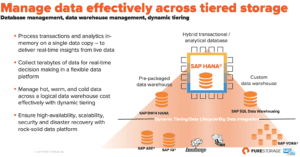
- Join us on Jan 9 to discuss all of this and more.
- Join Pure, our customers and partners @ the Pure//Accelerate Conference, May 21st, 2018 in San Francisco.
